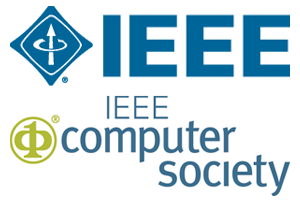ICAT2013 is now putting out a call for demonstrations and posters. This session is an opportunity for presenting your research projects, innovative works and any exciting prototypes you have developed to conference attendees. Accepted demonstrations and posters will be published as an abstract in the conference proceedings distributed on USB flash drives and archived on the ICAT webpage. Demonstrations and posters abstract will not be archived via IEEE Xplore. Demo/Poster authors must be registered participants at the conference and stand at their stall during the demo session.
Important Dates
Demonstration & Posters Abstract Submission Dead-line : October 4, 2013
Acceptance Notification: October 18, 2013
Camera Ready Abstracts due : November 1, 2013
Demos & Posters Submission Guidelines
Authors should submit abstracts through an electronic submission system. Abstracts have to be written in English and can be of up to 2 pages in length. They must be formatted according to the IEEE Computer Society VGTC authoring guidelines. Demos submission requires 1 page “Demo plan” in free format. Demo plan should include size, space, and environmental requirements to display your work. Please indicate where you would like to place tables, chairs, your demo space, and lighting requirements. Authors can submit one ZIP file as supplemental material, including demo plan, movies, images, etc.
Demo/Poster Topics
Demos & posters with the following topics (but not limited to) will be considered for acceptance:
Artificial Reality / Virtual Reality
Teleoperation / Telepresence / Telexistence
Augmented Reality / Mixed Reality
Motion Tracking
Real Time Computer Simulation
Ubiquitous / Wearable Computing
Visual and Auditory Displays
Anthropomorphic Intelligent Robotics
Software Architectures for VR
Immersive Projection Technologies
Retroreflective Projection Technologies
Tools for Modeling VR Systems
Haptics
Multi/Cross-Modal Interfaces
Evaluation of VR Techniques and Systems
Distributed and Collaborative VR Systems
Augmented Humans
Natural User Interfaces
Brain-Machine Interfaces / Brain-Computer Interfaces
Human Robot Interaction
Medical VR/AR













